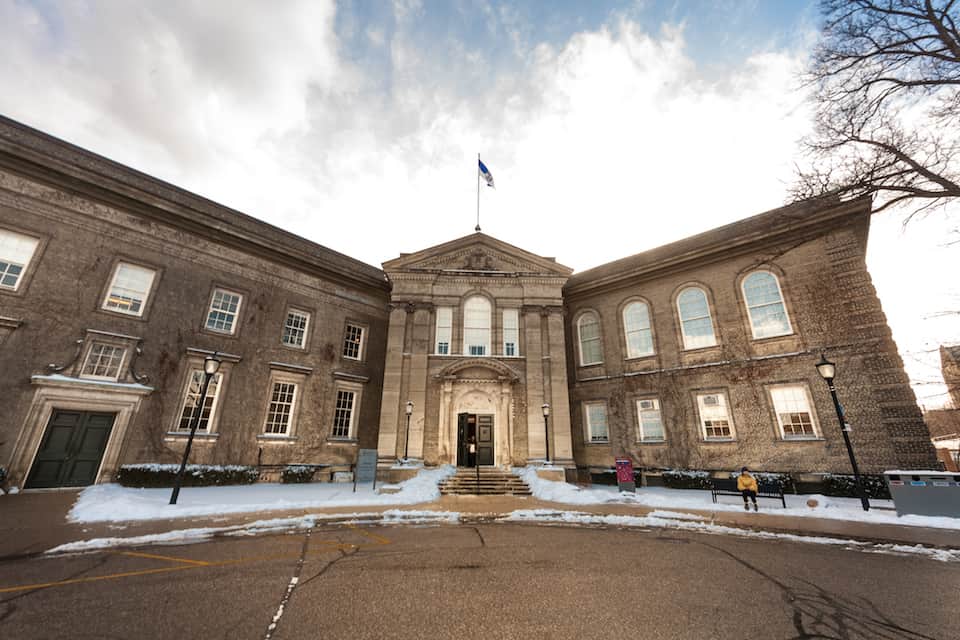The University of Toronto released its annual report on financial aid policy on February 29 — a dense, 40-page overview of funding and financial aid for all of its students.
Ontario’s Student Access Guarantee mandates institutions to provide non-repayable aid for tuition, books, and supplies not covered by the Ontario Student Assistance Program (OSAP) to students who qualify. U of T also gives funding for living expenses. Some financial supports at the university are based on need, while others are based on merit. OSAP is only available for Canadian citizens, permanent residents, and protected persons living in Ontario.
The University of Toronto Advance Planning for Students (UTAPS) is the major program for providing financial need not met by OSAP, other government programs, or funding from a First Nations band. UTAPS uses the same assessment process as OSAP to ensure a consistent means of evaluating financial need. “Students with financial need in excess of the maximum assistance provided by OSAP for tuition and compulsory fees, books, equipment, supplies and living expenses, have that need met by the University through non-repayable funding such as grants as well as institutionally-negotiated bank loans,” the report states.
Students who do not qualify for UTAPS may also seek funding through their program or department. The university also provides funding to students with disability-related costs (like tutoring or adaptive technologies) that are not met through government aid.
In 2014–2015, the university provided $180.6 million in student assistance. This is a 2.4 per cent increase from the 2013–2014 year. Dovetailing this support is OSAP, which is tied to Ontario students’ ability to fund their education. According to the report, 50 per cent of all students who graduated from a direct-entry program did so with OSAP debt in the 2014–2015 year. This figure represents an increase from the 40 per cent figure of the 2006–2007 year.
OSAP recipients received 93 per cent of UTAPS funding, or $40.1 million. The rest, about $3.1 million, was given to students from elsewhere in Canada.
The relationship between UTAPS and OSAP isn’t always clear for those applying for financial aid. “As a student that receives financial aid, I think it would be nice if there was a streamlined and early process for understanding what aid students qualify for, and where they can get it,” said first-year philosophy student Matisse Jenkins. “Coming here, I was unsure of the different channels of aid and ended up missing the deadline to receive UTAPS.”
Support for international students is less structured. “Coming from the United States, there was very little information easily available to me at home about the Canadian financial aid system or any type of financial support from the university,” said first-year international life sciences student Matthew Brown.
In 2005, the Governing Council released a statement promising that the university will develop a program of international admission scholarships for students using its own resources and support from external sources.
Financial aid is a hot-button issue at U of T, which enrolls more students from lower income families than other Ontario universities. Fifty one per cent of first-year OSAP recipients in direct-entry programs at U of T during the 2014–2015 year were from families with parental incomes of $50,000 or less, which stands in contrast to the provincial average of 42 per cent. The report estimates that at least a quarter of first-year undergraduate students come from homes with familial incomes of $50,000 or less.


